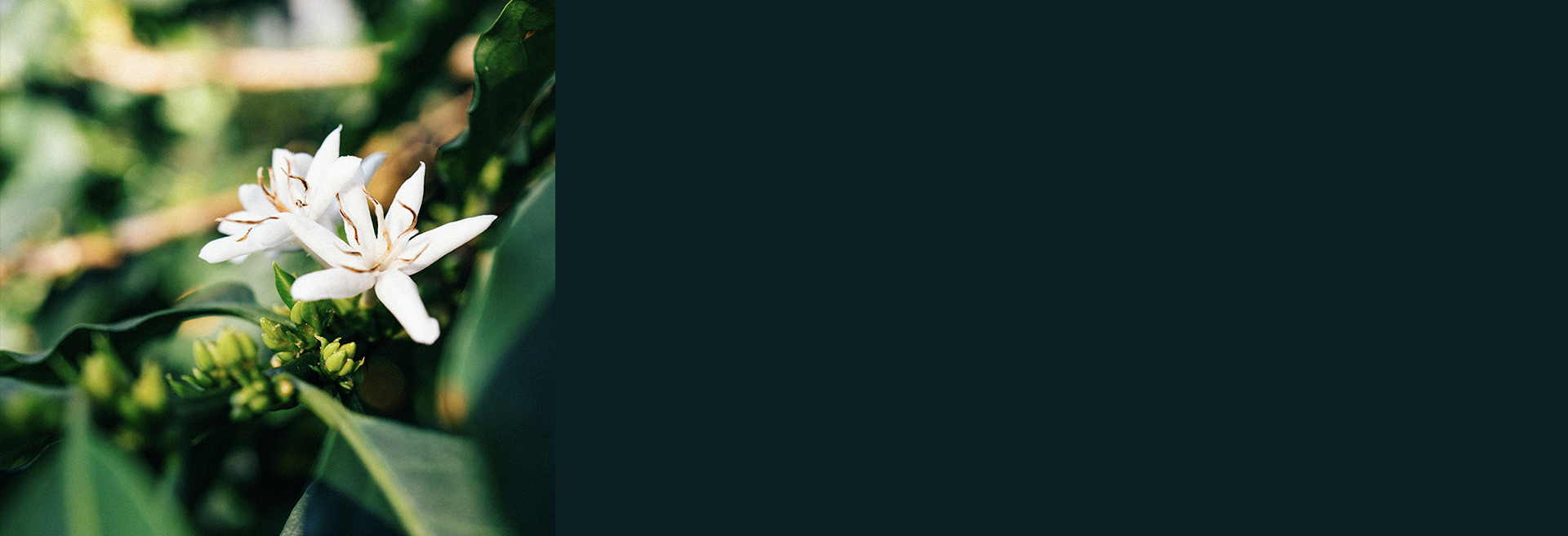Winter break · Next roast Jan. 7
Ethiopia
Mulish - Ethiopia
250g
QUALITY SCORE: 87.75
Cup Notes
Jasmine / Lemon / Pomelo / Earl Grey Tea
Suggested for espresso and filter
when we roast
We freshly roast to order all coffees on Monday, Wednesday and Friday (excluding national holidays), and ship the same day! Cut-off time is 11:59pm (UTC+1) of the day before the roast day. *We only ship whole beans*
Details
- Quality Score
- 87.75
- Producer
- Several Small Farmers
- Country
- Ethiopia
- Terroir
- Sidamo
- Altitude
- 1800 - 1950 masl
- Process
- Classic Washed
- Arabica cultivar
- Heirloom
- Picked in
- December 2019
- Arrived in
- September 2020
- Shipped in
- Jute + GrainPro
- Roast profile by
- Rubens Gardelli
- Roasted on
- Customised solid-drum roaster
THE STORY BEHIND
Ethiopia has a reputation as a home to some of our planet’s most fascinating varieties of Arabica coffee, with coffee being an integral part in the country’s culture and customs.
Located some 40 km away from Shakiso, Faisal’s washing station at Mulish was the first to be built in the area back in 2014. This four-hectare washing station is situated at an altitude of around 1750 meters above sea level on a slope leading down to the Mormora river. Although getting to the washing station is difficult, the location is ideal because it is close to the outgrowers who no longer have to travel long miles over arduous terrain to sell their coffee.
Faisal makes it a point to ensure the Mulish washing station benefits the community. Our outgrowers are our backbone, he says, explaining why he places so much importance on working with the community and meeting their needs. The first initiative Faisal took when establishing his operations in the area was to build classrooms for the local school together with the community.
What is more, the washing station helps train the farmers to improve coffee growing practices, thereby further improving the already excellent quality of Mulish coffee. As of early 2020, Mulish purchases coffee from 880 outgrowers in the areas surrounding the washing station.
Many of these smallholders are relatively new to the area, most having moved here to farm over the past ten years. Some have come from areas close to Mulish, in the Guji zone; while others have moved, with their families, from as far away as Harar because of government relocation programs. Besides coffee, many of the farmers’ families also work with cattle and honey, and grow other cash crops. Each household works on average four hectares of land.
THE VARIETY
Ethiopian Heirloom, why the generic name? It's estimated that there are somewhere in-between six and ten thousand coffee varietals in Ethiopia. And due to this colossal figure, there hasn’t been the genetic testing to allow buyers to distinguish the varietal. With the cross pollination that naturally happens in the wild, the name ‘Ethiopian Heirloom’ exists as a catch-all phrase to describe this happenstance. However, that really makes Ethiopian quite a mystery – and an interesting mystery as each village or town could potentially have a different varietal which could carry very unique properties.
THE FERMENTATION PROCESS
Washed coffees showcase solely the bean. They let you taste you what’s on the inside, not the outside. Washed coffees depend almost 100% on the bean having absorbed enough natural sugars and nutrients during its growing cycle. This means the varietal, soil, weather, ripeness, fermentation, washing, and drying are absolutely key.
Washed coffees reflect both the science of growing the perfect coffee bean and the fact that farmers are an integral part of crafting the taste of a coffee bean. When looking at washed coffees, it becomes apparent that the country of origin and environmental conditions play a vital role in adding to the flavour.
During wet processing, the pulp (i.e.the exocarp and a part of the mesocarp) is removed mechanically. The remaining mesocarp, called mucilage, sticks to the parchment and is also removed before drying. During this process, the sugars present in the mucilage are removed through natural fermentation or mechanical scrubbing. Mucilage is insoluble in water and clings to parchment too strongly to be removed by simple washing. Mucilage can be removed by fermentation followed by washing or by strong friction in machines called mucilage removers. Fermentation can be done by stacking the coffee outside or placing it under water and allowing nature to take its course. After the sugars are removed, the beans then can be taken through a secondary washing to remove any additional debris, or taken immediately to the beds for drying.



